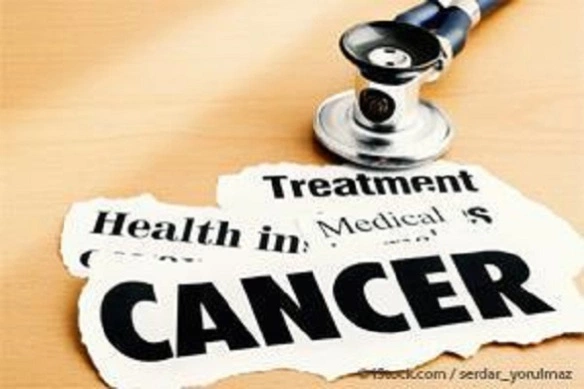
These following doctors were not content with half-truths, propaganda, and lies. They did their own research. Continue reading


These following doctors were not content with half-truths, propaganda, and lies. They did their own research. Continue reading

Today is World Cancer Day. Now I am all for awareness for diseases and whatnot, but I think it’s safe to say we all know what cancer is. The issue on hand is the fact that most people are more focused on the dangerous treatments they use to treat or rid themselves of the disease, which normally results in the cancer patient dying anyway. It’s also safe to say that we have all lost at least one person in our lives to cancer. The focus should really be on the ways to PREVENT cancer and also the many alternative methods to treat and cure cancer. They are out there, but the government is in bed with the pharmaceutical companies and most of us know it’s all about the money. Finding or approving a cure would mean that Big Pharm would lose A LOT of money. Continue reading

Russia has developed and registered a highly-effective vaccine against the deadly Ebola virus, president Vladimir Putin said Wednesday.
“We have registered a vaccine against Ebola that shows, after a series of tests, a very high effectiveness, even higher than the vaccines currently used for Ebola treatment in the world,” Putin said at a meeting with Cabinet members. Continue reading

The International Agency for Research on Cancer (IARC ), a branch of the World Health Organization, released a report on October 26, 2015 that evaluated the carcinogenic potential of processed and red meat.
After delving into the mounting scientific literature exploring the correlation between cancer and diet, a group of experts derived from 10 different countries assembled by the IARC Monographs Programme classified processed meats as “carcinogenic to humans.” Such meat has now been placed in the highest possible category, group 1 out of 5 — the same category as tobacco, alcohol, arsenic, and asbestos. Continue reading
Health Impact News Editor Brian Shilhavy Comments:
One of the true travesties of justice in modern society is the medical profession’s refusal to acknowledge vaccine injuries. While U.S. law forces the government to pay out damages to vaccine injuries and deaths in a special federal vaccine court that was setup to protect the manufacturers of vaccines from any legal liabilities, medical professionals continue to deny the existence of vaccine injuries, and therefore research to learn how to help vaccine damaged children is never funded nor conducted.
Cancer statistics are on the rise, and the growing numbers have moved the disease to a priority issue for the global community. As The Lancet reports, cancer deaths have increased 46% between 1990 and 2013. On Jan 1, 2016, new international development priorities called Sustainable Development Goals, will focus on decreasing premature deaths from non-communicable diseases by 2025.
PreventDisease recently reported 5 cancer facts the cancer industry promotes as myths, which are summarized below:
 A potentially deadly bacteria has been accidentally released from a high-security research laboratory leading to serious safety fears.
A potentially deadly bacteria has been accidentally released from a high-security research laboratory leading to serious safety fears.
The Burkholderia pseudomallei bacteria was found in animals at the Tulane National Primate Research Center in Louisiana, which is just 35 miles north of New Orleans.
The bacteria, primarily found in south-east Asia, can spread to animals and humans through direct contact with contaminated soil and water.